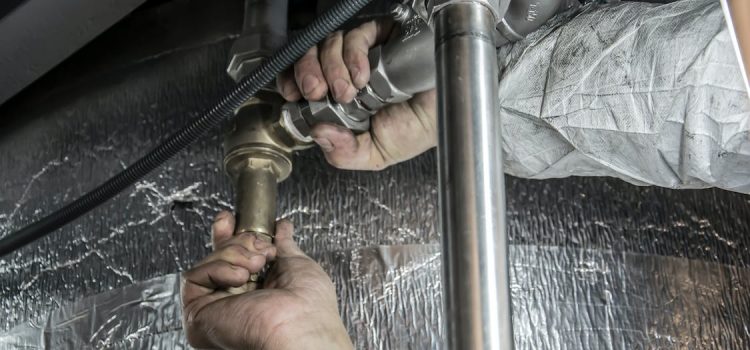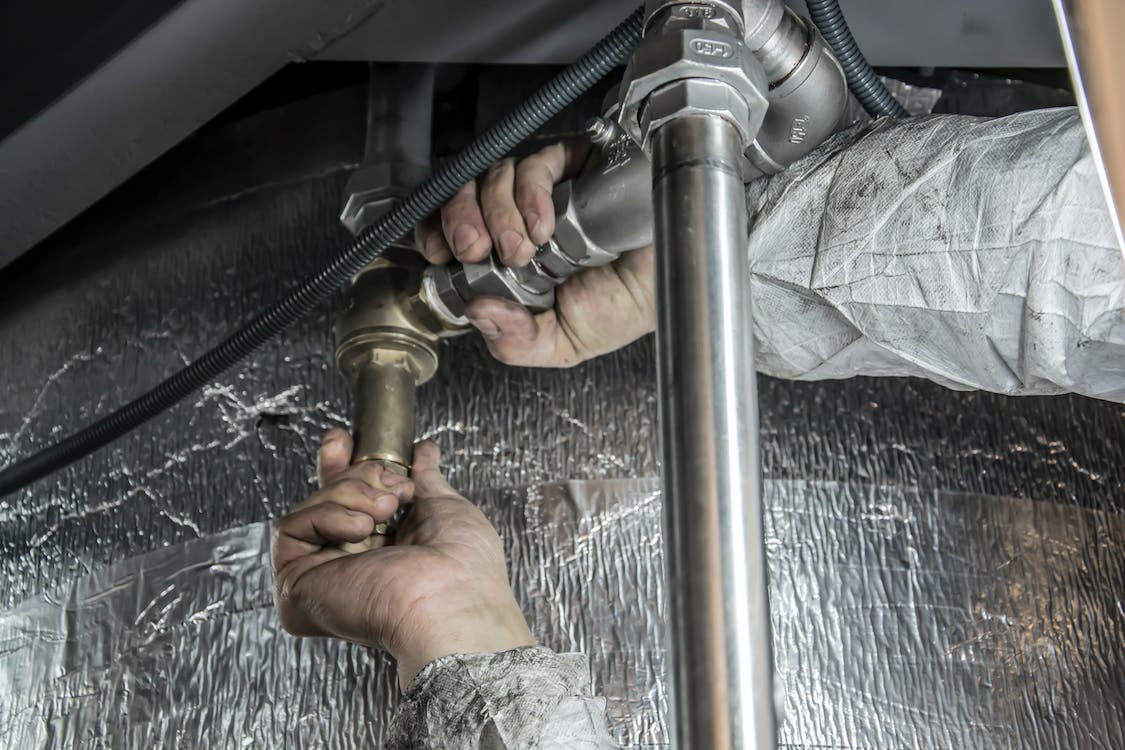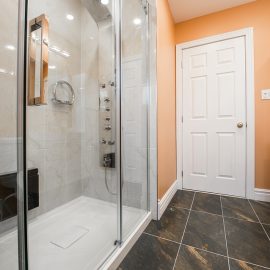
What Is Tectite Fitting in Plumbing
The tectite push-to-connect fitting makes plumbing look like a child’s building set. One pipe, one fitting, and one click of assembly with no crimping pliers, no welding or soldering flashlights, and no glue. The tectite fitting is a fitting that can be used in all possible types of assemblies (straight, T, plug…), in the common diameters of plumbing, hot and cold water, heating, and air conditioning. The tectite fitting, which can be installed on copper, high-density polyethylene (HDPE), or steel pipes, represents a significant time saving and increased safety without the need for flames or installation tools.
Principle and operation of the tectite fitting
The principle of installation of the tectite fitting is similar to the automatic fittings used on a garden hose but even simpler. On a garden hose, a coupling is installed by screwing a ring onto the tabs that enclose the hose, whereas with the tectite instantaneous coupling, there is no screwing required. The fitting is placed on the end of the copper, steel, or HDPE pipe and pushed on and turned slightly until it clicks into place. The fitting is then perfectly in place, tight, and tear-resistant.
In most cases, the fittings can be rotated on the pipe without affecting the seal. The tectite fittings can be disassembled with or without tools, depending on the range, which allows easy, flexible, and even temporary assemblies.
What makes up the tectite fitting?
In order to keep the fitting in place on the pipe (resistance to tearing) while ensuring a tight seal (pressure resistance), despite expansion due to temperature variations (hot and cold water, heating, air conditioning, etc.), the tectite fitting consists of:
a metal body that gives the shape (straight, T-shaped, sleeve, plug…) of the fitting and its type of connection (male or female);
a protective skirt made of flexible synthetic material in which the tube to be fitted is inserted and guided;
a robust steel ring equipped with multiple teeth that will penetrate the tube material all around its circumference to hold it firmly;
an O-ring that will ensure the tightness of the connection. This O-ring is protected during the insertion of the tube by a flexible nylon protection ring.
Good to know: the O-ring must be resistant to the fluid flowing through the pipe and the connection. There are several gasket materials available depending on the application for which the tectite fitting is designed.
Mounting a tectite fitting

To install a tectite fitting on a pipe, whether it is copper or HDPE, you only need to follow 3 steps.
Start by cutting the tube cleanly using a tube cutter to obtain a clean and perfectly straight cut (the water-tightness and durability of the assembly depend on it).
Then, deburr* the end of the tube to avoid damaging the O-ring of the fitting. The deburring should be done on the inside as well as on the outside of the tube to avoid dispersing particles into the system. It is advisable to use a deburring tool that performs both deburring operations simultaneously.
Finally, insert the tube into the fitting by pushing it firmly (or even turning it a quarter turn or more, depending on the manufacturer’s instructions) until you hear the mechanical lock. It is advisable to test the strength of the hold by pulling the tube while holding the fitting before continuing with the installation of the system.
*Deburring: removing excess parts, smoothing a surface.
Advantages and disadvantages of the tectite fitting
The advantages of a tectite fitting are numerous compared to other plumbing fittings. However, there are a few disadvantages that make this type of connection unsuitable for some installations.
Advantages
Fast plumbing: up to 50% less time than conventional glue, screw, crimp, or solder assembly.
Safe and risk-free plumbing: no use of bonding or assembly chemicals (no fumes) and no use of flames or temperature-raising equipment that would damage surrounding surfaces and create hazards.
Easy plumbing: No special knowledge is required since the fitting is assembled by hand by simply pushing the pipe into the fitting.
Multiple uses: tectite fittings come in many shapes and types of connections in the usual plumbing diameters (10 mm to 54 mm).
Flexible plumbing: Most tectite fittings can be disassembled (some even without tools), which allows for temporary and swivel assemblies. This allows connections to be made in inaccessible areas, and the fitting can be rotated after installation.
Disadvantages
The tectite fittings generally stop at 54 mm in diameter and can only be used on steel, HDPE, and copper (not on multilayer pipe, which requires a multilayer crimping machine).
It is favorable to use certain tectite fittings only for a pressure lower than 6 bars. The admissible pressure is, therefore, very limited.
The price of a tectite fitting is higher than the price of a press fitting or a soldering (on copper), which can make an installation cost. However, this price per piece must be balanced against the cost of tools required for other connections (crimping machine, slip-on pliers, soldering station, flashlight, and cylinders…).
The price of a tectite fitting
Tectite fittings are increasingly available in DIY stores and also at plumbing and sanitary retailers. However, you should compare prices on the Internet, where you will find the largest selection.
A tectite fitting can be found for around $5 (from $3 to $10, depending on the type of fitting). However, on HDPE pipes, it is often necessary to add a reinforcing sleeve to the end of the pipe to be connected, which sells for around $2 apiece.
Tip: It may be worthwhile to first calculate the number of tectite fittings to be used for an installation and negotiate a wholesale price for a large quantity or to look for complete boxes of various tectite fittings.




Pingback:What Is a Wall Valve? - Plumbers services